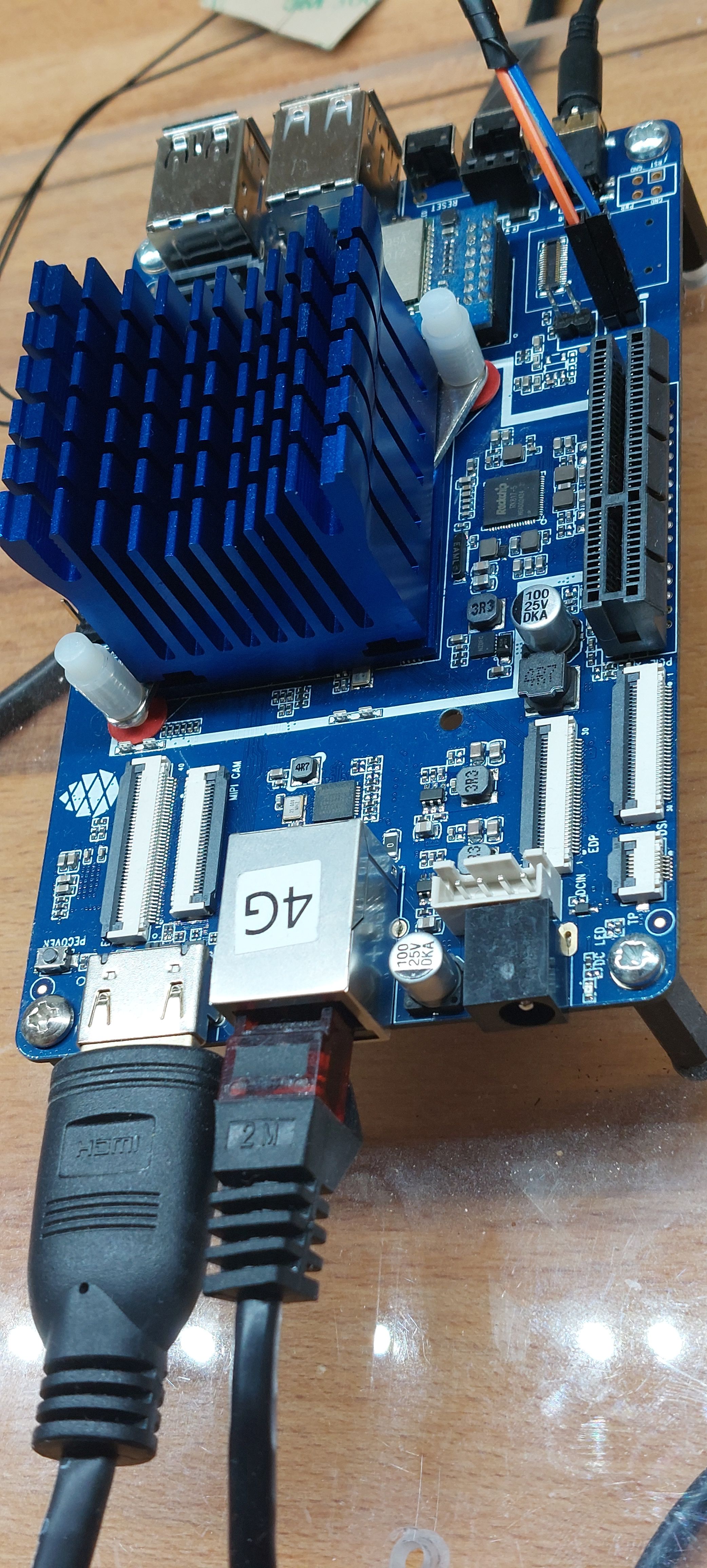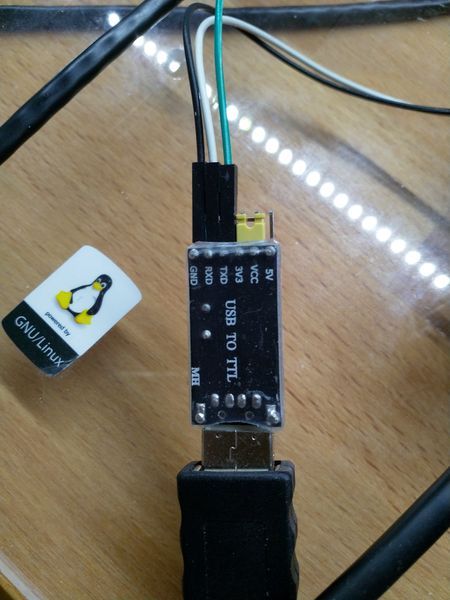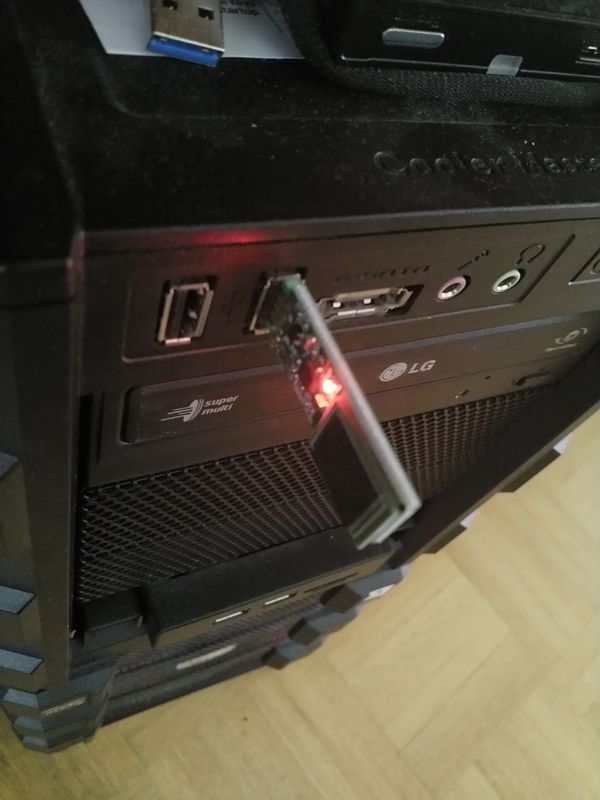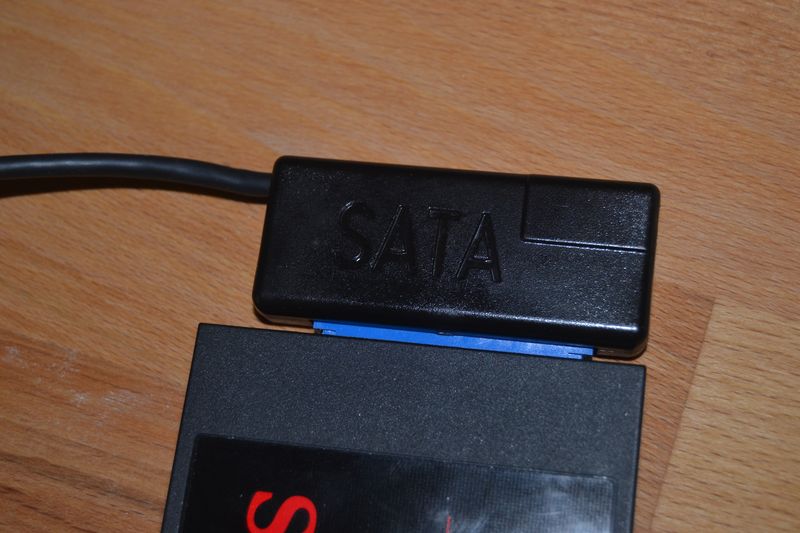ROCKPro64 updaten
-
Kamil veröffentlicht ja auf github seine Images.
Für die Einsteiger, wenn man nun neue Images baut und sich sicher ist, das was nicht richtig funktioniert, deklariert man diese als
Pre-ReleaseWenn ein Image richtig gut läuft, es nur gutes Feedback der Tester gibt, dann nennt man dieses Image
Latest releaseWas soll das? Anwender, die Wert auf Stabilität legen, werden nicht von den ganzen Testimages belästigt
 Solche Anwender bekommen dann bei einem Update nur Latest releases ausgeliefert. Will man nun auch Pre-Releases installieren, muss man die Datei /etc/apt/sources.list.d/ayufan-rock64.list editieren.
Solche Anwender bekommen dann bei einem Update nur Latest releases ausgeliefert. Will man nun auch Pre-Releases installieren, muss man die Datei /etc/apt/sources.list.d/ayufan-rock64.list editieren.deb http://deb.ayufan.eu/orgs/ayufan-rock64/releases / # uncomment to use pre-release kernels and compatibility packages deb http://deb.ayufan.eu/orgs/ayufan-rock64/pre-releases /Danach führt man dann ein
sudo apt-get update -ydurch. Dadurch werden jetzt die Pre-Release Quellen mit eingebunden.
Mit einem
sudo apt-get install linux-rockpro64 -ywird dann das aktuellste Pre-Release installiert.
sudo shutdown -r nowDanach ist der ROCKPro64 auf der aktuellsten Version.
-
-
-
-
-
-
-
-
0.6.59 released
Verschoben Archiv




